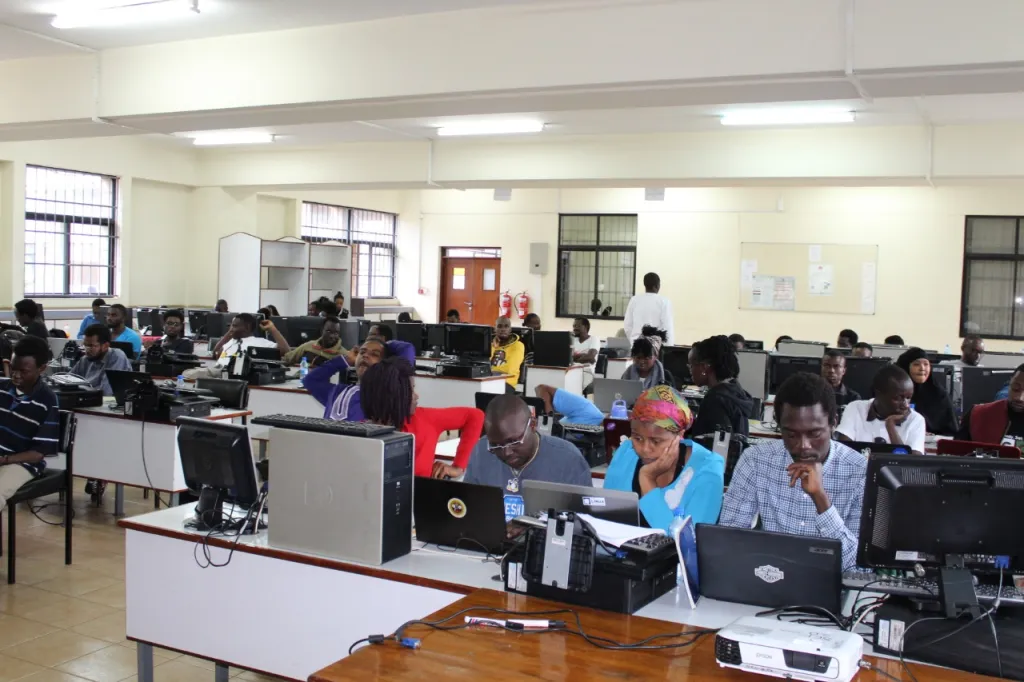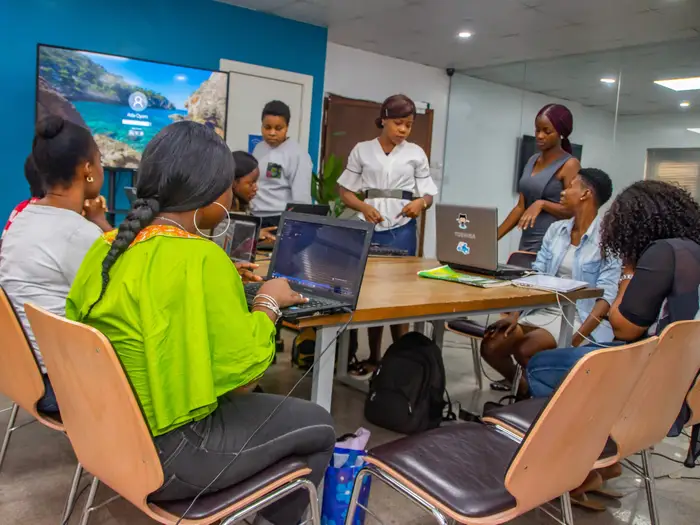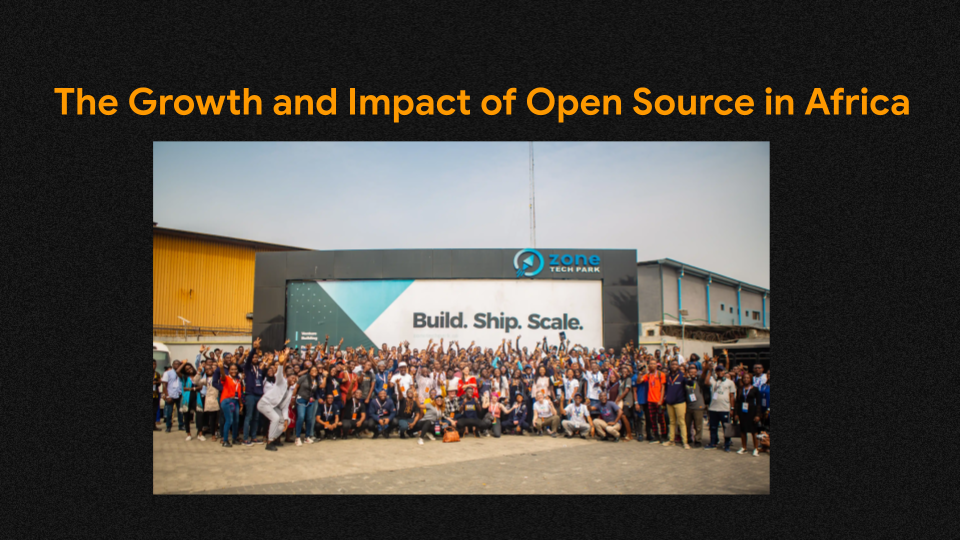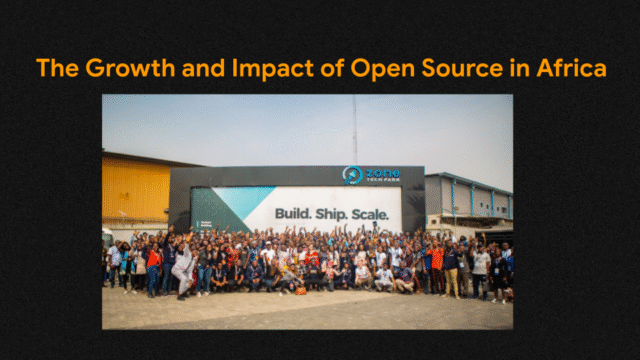In the vibrant tapestry of global open source development, the spotlight often swirls between China and India—yet Africa is quietly emerging as a formidable contender. The continent may still trail in absolute developer numbers, but its explosive growth, grassroots dynamism, and leapfrog strategies are rewriting the narrative. As we explore this evolving landscape, one theme rings clear: Africa’s open source story is no longer about filling gaps—it’s about charting a new, impassioned path toward technological sovereignty and impact.
Table of Contents

A Shifting Centre of Gravity: China and India Lead, Africa Ignites
In the expanding universe of open source contributors, China now commands the largest share, with over 2.2 million active developers, marking a more than tenfold surge since 2015—an impressive testament to focused growth and investment, according to ICTworks. Not far behind, India boasts over 2 million contributors, collectively redefining who drives innovation in software today. Meanwhile, older hubs—Europe (1.9 million) and the United States (1.7 million)—are seeing their dominance wane.
Amid this eastward shift lies Africa—smaller in absolute terms, perhaps, but blazing in momentum. Nigeria leads the continent with a jaw-dropping 45% yearly growth in open source contributions, while Ghana and Kenya both register 41% boosts. Consider the vivid metaphor of “leapfrog infrastructure”—African innovators are bypassing legacy systems and embracing cutting-edge open source tools, from Linux to Python, as their foundation.
At the heart of this momentum are burgeoning communities like the Open Source Community Africa, forging connections through chapters, festivals, and shared projects, and steadily pushing Africa into the global open source arena.
Promise Meets Practicality: Quality, Sovereignty, and Policy
Yet excitement alone can’t conceal the challenges that come with rapid expansion. Rapid growth invites scrutiny—particularly over quality. Critics note that, even with India’s impressive numbers, the standard of its open source output hasn’t yet matched that of creators in the US, Japan, or Hong Kong. That observation arguably applies to any fast-growing ecosystem—including Africa’s—as scaling responsibly while delivering impactful, real-world solutions remains a core challenge.
Another concern: developers’ loyalty. With global attention shifting toward Asia, African talents may be lured away by foreign opportunities. Retaining this human capital is vital—not just to build capacity, but to preserve the continent’s digital sovereignty.
And then there’s the role of the state. Here lies a major differentiator. China’s open source boom isn’t happenstance—it’s the fruit of strategic government policies and infrastructure investments across cities like Beijing and Wuhan. India similarly benefits from frameworks like the National Policy on Software Products, Digital India, and the Open Source Innovation Fund. In Africa, the scene is more nascent but promising: countries such as South Africa and Kenya are beginning to launch open data platforms and advocate for open source policy frameworks.

What This Means for African Development and Global Tech Strategy
For development practitioners, these trends carry significant strategic weight. Africa’s open source trajectory is not just a regional matter—it’s reshaping how low- and middle-income countries (LMICs) participate in digital evolution.
Three dynamics stand out:
- Intensifying competition for talent. As Asia attracts increasing investment and attention, African developers must navigate a dual reality: broader recognition, yes—but also risk of brain drain if local opportunities don’t keep pace.
- Technological sovereignty at stake. Africa faces a binary: become consumers of Asia-built platforms or become authors of its own innovation. The second path is both a possibility and imperative.
- Funding shifts toward megahubs. Rising awareness of open source opens doors to investments—but as global attention narrows onto China and India, smaller African initiatives risk being overshadowed unless supported intentionally.
Recalibrating Partnerships, Investment, and Innovation in Africa
So, what should development organisations, governments, and tech champions do?
Reframe Partnerships for Context and Cost
Rather than defaulting to Silicon Valley, development actors should explore open source projects from China and India that may better serve LMIC contexts—especially when it comes to accessibility and affordability. For instance, Chinese open source AI models like Kimi K2, MiniMax M1, and Qwen 3 are gaining global traction—and may offer more practical, cost-effective alternatives to Western tools.
Double Down on African Capacity Building
Supporting grassroots training initiatives is essential. The Living Open Source Foundation in Zambia is a pioneering example, showing how localised mentorship and learning can nurture a home-grown developer ecosystem. This kind of investment multiplies returns—not just in skills, but in innovation tailored to African realities.
Champion Localisation and Homegrown Solutions
Africa’s strength lies in its diversity. Developers are building tools grounded in local needs—projects like Ushahidi and OpenStreetMap stand out as homegrown contributions to global platforms. Combining these with open source from elsewhere creates a unique synergy of innovation and relevance.

A New Chapter Begins
Ultimately, Africa’s open source story is just beginning—but it’s already compelling. The continent may not match China or India in sheer developer counts, but that isn’t the measure of success. What’s at stake is something deeper: building ecosystems that are sustainable, inclusive, and geared toward solving African challenges.
From civic tools that boost transparency to tech-enabled health and agriculture solutions, Africa’s open source movement is carving an identity rooted in social impact. As the world’s tech gaze tilts back toward Africa, development institutions, governments, and tech enthusiasts must ensure that growth is not just fast—but meaningful, empowering, and reflective of Africa’s ingenuity.
This isn’t about outpacing China or India. It’s about unleashing Africa’s own open source potential—with resilience, purpose, and local ownership at its core.
Join Our Social Media Channels:
WhatsApp: NaijaEyes
Facebook: NaijaEyes
Twitter: NaijaEyes
Instagram: NaijaEyes
TikTok: NaijaEyes





